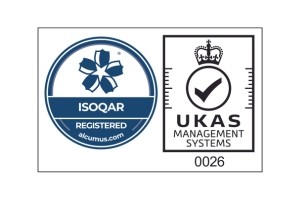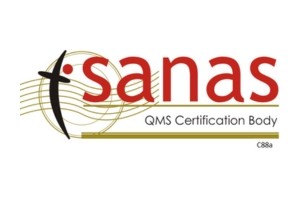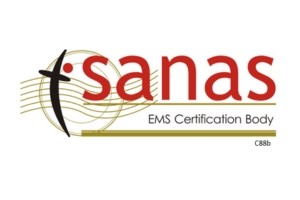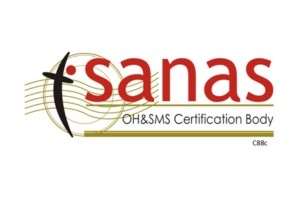What is change management and how a change is to be addressed as per the standards requirements.

Management of change is addressed in multiple requirements of the respective ISO standards including:
- maintaining the quality management system (see 4.4.1),
- organizational roles, responsibilities and authorities (see 5.3.e),
- planning of changes (see 6.3),
- operational control (see 8.1),
- management of change (see 8.1.3),
- control of changes (see 8.5.6),
- internal audit program (see 9.2.2),
- management review (see 9.3),
- and corrective actions (see 10.2.1.f).
To start with, the respective standards does not identify how your process for change must work, but requires that you have a process for implementing planned changes that impact the management system performance. This specifically requires you to apply this process for both temporary and permanent changes.
Additionally, the standards specifies some items that would activate the process because these activities change the Management System performance. These activities are:
- Changes in products, services or processes – Before you add new, or change existing products, services and processes, you need to ensure that you use your change management process. This process would assess the risks of these changes and help control the risks. Some examples of these changes, given in the standard, include changing workplace locations, re-organization of work, altering work condition, changing equipment, process or people required for the work.
- Legal changes – If there are changes to the legal or other requirements that affect your Management System performance, you need to make the necessary changes to your processes.
- Risk knowledge – If you gain new knowledge about your hazards or risks, such as new research that changes what is known about a cleaning chemical you are using, this new information needs to be assessed to see if Management System change is needed.
- Knowledge and technology developments – As you learn about new information or technology that can change how you do business, you also need to assess how this changes the Management System processes, and control the changes. For example, a new electronically controlled machine may become available that will remove some physical injury hazards associated with using the equipment.
How do you make Management System changes?
The change management process identified in the standard requirements can be determined as a seven-step process:
- Identify the need for change: Organisations must identify the need and areas that needs to be changed in order to facilitate the smooth and easy transition.
- Identify the purpose of the change and potential consequences: In order to easy the transition, organisations must clearly understand and outline the purpose of the required change and its potential consequences.
- Ensure Management System integrity: The Management System transition plan needs to ensure that new process must be implemented well. All the required procedures and documentation are updated. All team members are trained and well equipped with the required change.
- Assign resources: Identify the resources required to put the plan into effect and assign those resources.
- Identify and communicate changed responsibilities: With new processes and employees, a need may arise for management to provide important training to the employees.
- Carry out the transition plan: Put the plan into place with the updated process, procedures and resources.
- Ensure effectiveness of the implementation: Before considering the plan to be completed, it is important to ensure that everything has been covered by checking that all the non confirmations, issues are addressed resolved.
Plans may be more or less complex, but the process of planning should be easy and transparent.
Maintaining your Management System will require you to plan changes effectively and efficiently.

Once an organization’s processes have been defined, it needs to identify the risks and opportunities related to the processes. If the company wants to realize the benefits associated with determining risks and opportunities, changes might be needed. The changes can relate to any process element, including resources, inputs, activities, persons, measurements, controls and outputs.
Changes should be beneficial to an organization and have to be carried out as specified by the organization. Consideration of newly introduced opportunities and risks also need to be taken into account.
Join our mailing list to receive upcoming posts: http://www.isoqar.co.za/





